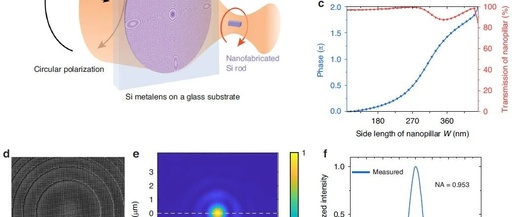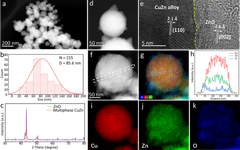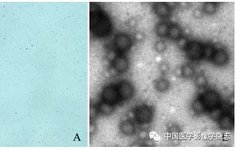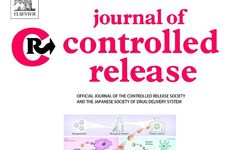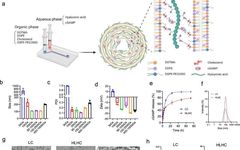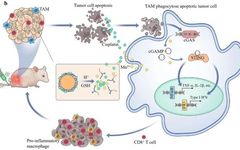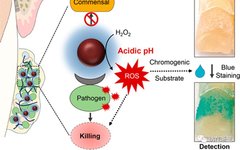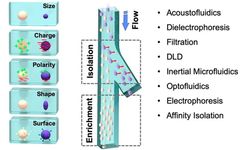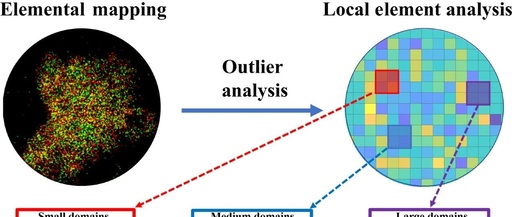University of Southampton Microsystems & Nanoengineering: Superlenses Enable Precise Control of Nanoparticles
Problem Addressed: Traditional optical levitation systems face challenges such as large optical component sizes and low integration when achieving high-frequency rotational control of nanoparticles in a vacuum. Additionally, there is a lack of efficient means to control the translational and rotational motion patterns of nanoparticles, limiting their application in ultra-precision measurement and fundamental physics research. … Read more
